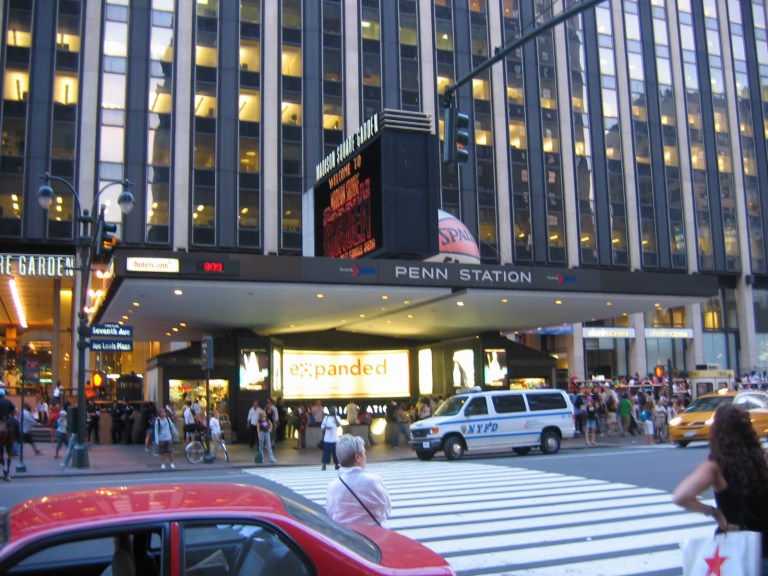
Penn Station’s track repairs and upgrades were completed one day ahead of schedule last week, according to Amtrak, putting three tracks in a state of good repair.
Track repairs at Penn Station, which Amtrak said were necessary to address long-term neglect, were expected to ripple through the mass transit system over the summer because construction would occur around the clock.
This prompted the Metropolitan Transportation Authority to launch a $58 million mitigation plan that added more than 30 train cars, various buses, ferries and some fare discounts to make up for canceled and diverted Long Island Rail Road trains. The MTA also rearranged schedules and embarked on a communications campaign to reach consumers so they could navigate the changes.
“Overall, we’re proud to say that we achieved our goal of minimal rider disruptions for LIRR,” MTA Chairman Joe Lhota told reporters in a teleconference last week.
Amtrak said 360 employees installed 897 track ties, six football fields worth of track, four diamond railroad crossings and 1,000 tons of ballast. They also replaced seven switches and applied 176 yards of concrete.
These repairs focused on the “A-interlocking” junction, where three train derailments occurred within four months.
Veronica Vanterpool, the executive director of the Tri-State Transportation Campaign, described the repairs as essential and beneficial to the region as a whole. But consistent investment in infrastructure is needed, she said. Otherwise delays and cancellations will continue throughout the area.
“When we start to see problems in one, because we’re interdependent, we see how it reverberates throughout the system,” Vanterpool said.
Penn Station sees at least 600,000 commuters a day, she added.
William Henderson, executive director of the MTA Permanent Citizens Advisory Committee, said that when one looks at the original design of Penn Station, it is well over capacity. And, given the increased number of trains flowing into Penn with the end of repairs, he said that could have been problematic.
“There were very few incidents that caused any problems,” Henderson said, “which was exceedingly fortunate.”
With the repairs complete, the alternative travel options ended. Commuters are no longer being offered ferry service, MTA-sponsored buses or free subway transfers, nor do truck drivers get 50 percent toll discounts between 10 p.m. and 5 a.m.
But lessons learned from the “summer of hell” will not be departing, Lhota said. He said that the MTA will continue to streamline its decision-making, regularly staff a “war room,” and keep up communication with customers and among staff members.
July and August had the best on-time rates this year, Lhota noted, despite ongoing track repairs.
“Let me be clear,” Lhota said to reporters last week. “LIRR’s level of care has become and will become the new normal.”






